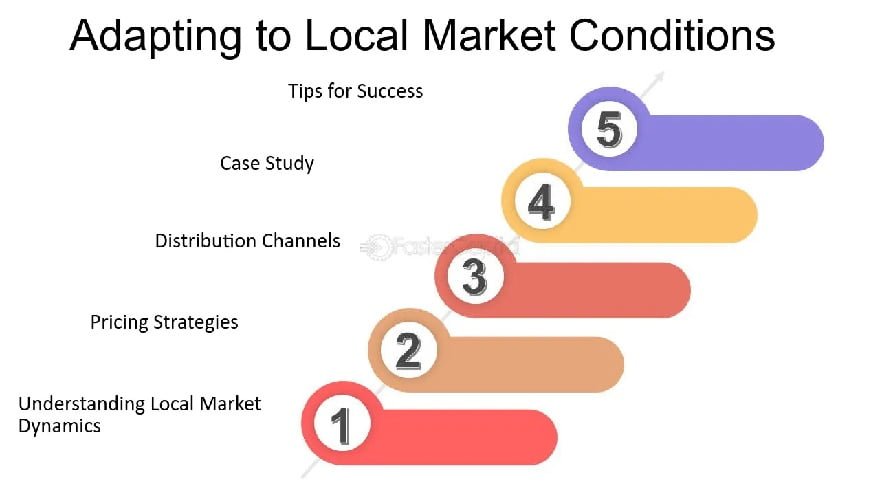What is Brand Adaptability?
Brand adaptability refers to a brand’s ability to evolve and respond effectively to changes in consumer behavior, market trends, and technological advancements. This concept goes beyond simple flexibility; it embodies a brand’s capability to foresee changes and adjust proactively. Adapting to market shifts is essential, especially for niche markets like the cannabis industry, where collaborating with a specialized cannabis branding agency can make a substantial difference.
Adaptability involves constant learning, unlearning, and relearning to stay relevant. Adaptable brands can thrive in fluctuating markets by anticipating changes and pivoting their strategies accordingly. It’s about integrating agility into the brand’s DNA so that transformation becomes second nature. This is not just about surviving but thriving in the ever-changing business landscape where consumer expectations and behaviors are perpetually in flux.
By being adaptable, brands can seize new opportunities as they arise. For instance, a company that’s quick to spot a shift in consumer preferences can launch new products or services that meet these new demands, thereby staying ahead of the competition. Additionally, adaptability can help brands mitigate risks associated with sudden market disruptions, ensuring longevity and sustained growth.
Why is Brand Adaptability Necessary?
In an era where market dynamics shift rapidly, brand adaptability has become essential. According to a Forbes article, companies that need to adapt avoid losing relevance and customer loyalty. For instance, during the COVID-19 pandemic, brands that quickly adapted to digital channels thrived, while those that resisted change struggled. This period demonstrated the stark difference between agile brands and those stuck in their conventional ways.
Moreover, consumer preferences are changing faster than ever. The instant gratification culture fostered by technology has set new benchmarks for speed and efficiency. Brands need to keep up with these expectations to stay competitive. The willingness to adapt signals to consumers that a brand is committed to meeting their evolving needs. Failing to do so risks falling behind competitors and can erode long-established trust and loyalty among consumers. Thus, adaptability isn’t just a strategic advantage; it’s a necessity for sustained success.
Additionally, market fluctuations due to economic changes, technological advancements, and cultural shifts make brands need to remain flexible. Companies that adapt well can turn potential threats into opportunities. By doing this, you can preserve your competitive advantage and develop a strong brand that can withstand market turbulence.
Key Elements of Brand Adaptability
- Agility: The ability to make swift decisions and implement changes rapidly. This involves having streamlined decision-making processes and a flexible team that can pivot quickly in response to market changes. Agility allows a brand to respond to unforeseen challenges efficiently, minimizing downtime and maximizing impact.
- Innovation: Continuously bringing new ideas and solutions to meet changing demands. Innovation isn’t just about new products; it encompasses services, business models, and even marketing strategies that resonate with the current market climate. Companies that invest in research and development are better positioned to innovate and stay ahead of the curve.
- Customer-Centricity: Keeping the customer’s needs and preferences at the forefront of all strategies. By continuously gathering customer feedback and insights, brands can make informed decisions that align with consumer expectations and desires. This approach ensures that the brand remains relevant and continues to provide value to its customers.
Strategies to Enhance Brand Adaptability
To foster brand adaptability, companies can employ several strategies:
- Invest in Technology: Utilize AI and data analytics technologies to gain insights into market trends and consumer behavior. These technologies can provide predictive analytics that help brands anticipate changes and respond proactively, rather than reactively. Additionally, technology can streamline operations, making it easier to implement changes rapidly.
- Encourage a Culture of Innovation: Foster an organizational culture that encourages creativity and experimentation. Allow teams the freedom to test new ideas without the fear of failure. This can lead to breakthroughs that keep the brand ahead of the curve. An innovative culture promotes continuous improvement and adaptability.
- Stay Customer-Centric: Regularly seek customer feedback and adapt offerings accordingly. Implementing customer feedback loops and keeping an ear to the ground regarding what consumers say can provide real-time data to inform strategic decisions. Engaging with customers through various channels and responding to their needs promptly can enhance brand loyalty and trust.
Furthermore, consulting external resources such as Harvard Business Review articles can provide valuable insights and actionable advice on adapting to disruptive times. Learning from the experiences and strategies of other brands can offer new perspectives and ideas on maintaining agility. Continuous learning and staying informed about industry trends is crucial for adaptability.
Real-Life Examples of Successful Brand Adaptability
Several brands have demonstrated remarkable adaptability. For instance, Nike swiftly adapted its retail strategy by enhancing its digital presence, which significantly boosted online sales. Their ability to pivot quickly to e-commerce and digital marketing allowed them to meet consumer demand where it was shifting. Moreover, companies like Netflix continuously evolve their content strategies in response to viewer preferences, securing their position as industry leaders. Using data analytics, Netflix can predict viewer preferences and create content that appeals directly to their audience, exemplifying adaptability.
Another example is Starbucks, which adapted its business model by incorporating mobile ordering and pick-up services. This not only improved customer convenience but also increased operational efficiency. Such adaptability is a testament to staying in tune with technological progress and consumer expectations. By embracing technology and prioritizing customer experience, Starbucks managed to simultaneously enhance its operational model and customer satisfaction.
These examples highlight that adaptability is multifaceted. It encompasses digital transformation, innovative business models, and a relentless focus on customer needs. Brands that have successfully adapted exemplify the benefits of agility, innovation, and customer-centricity. They set the bar for other companies striving to stay relevant in an ever-evolving market landscape.
Conclusion
In conclusion, brand adaptability is no longer a luxury but a necessity in today’s fast-paced market. By investing in technology, fostering a culture of innovation, and maintaining a customer-centric approach, brands can survive and thrive amidst constant change. Adaptability enables brands to remain relevant, meet consumer demands, and achieve sustained success in an ever-evolving market landscape. The ability to pivot and adapt separates resilient brands that flourish from those that falter in the face of change.
As the market environment continues to evolve, the importance of brand adaptability will only increase. Brands that embrace change, engage with new technologies, and stay connected with their customers will be well-positioned to succeed. Ultimately, adaptability is about building a brand prepared for the future, ready to seize new opportunities and navigate challenges with confidence and agility.



